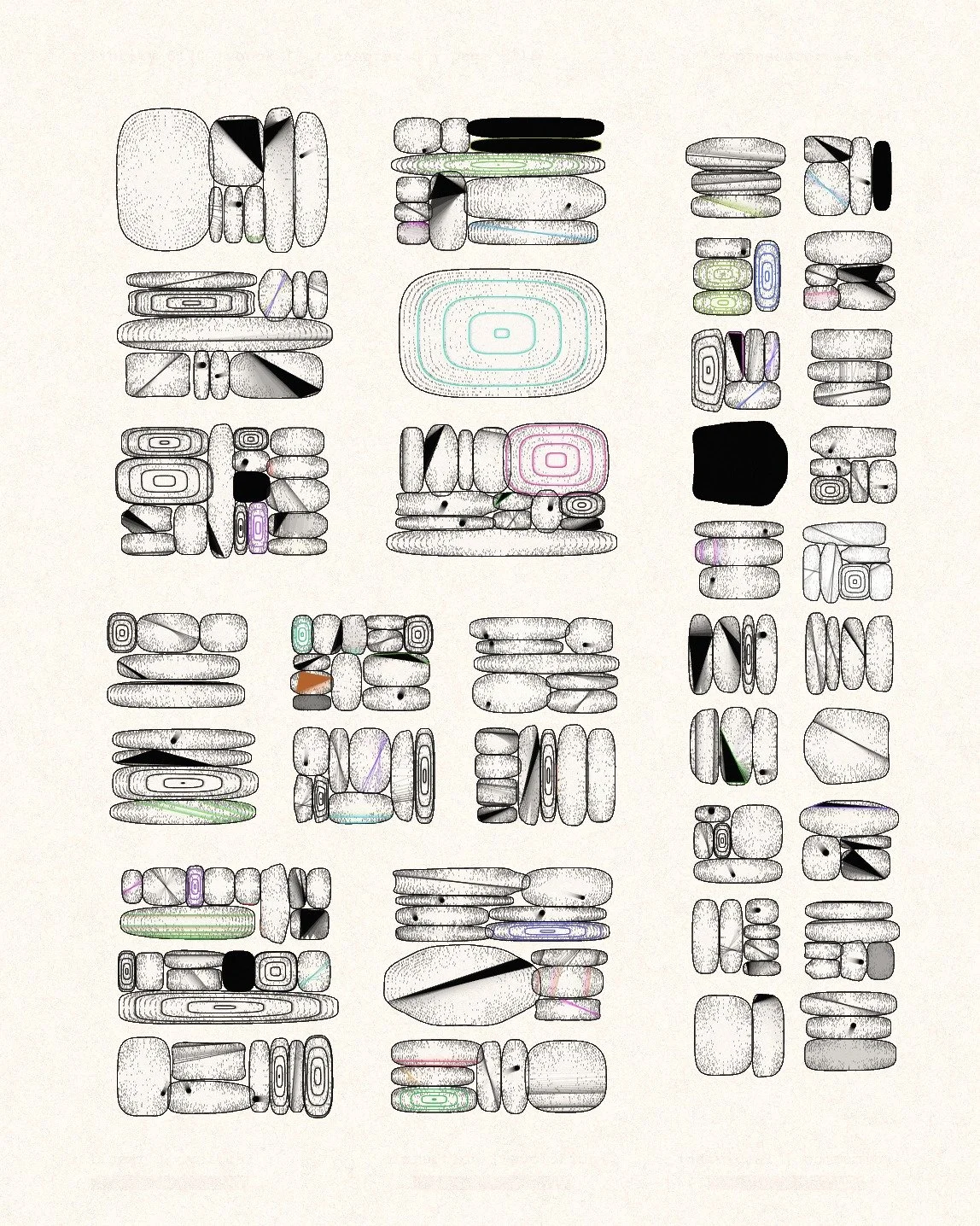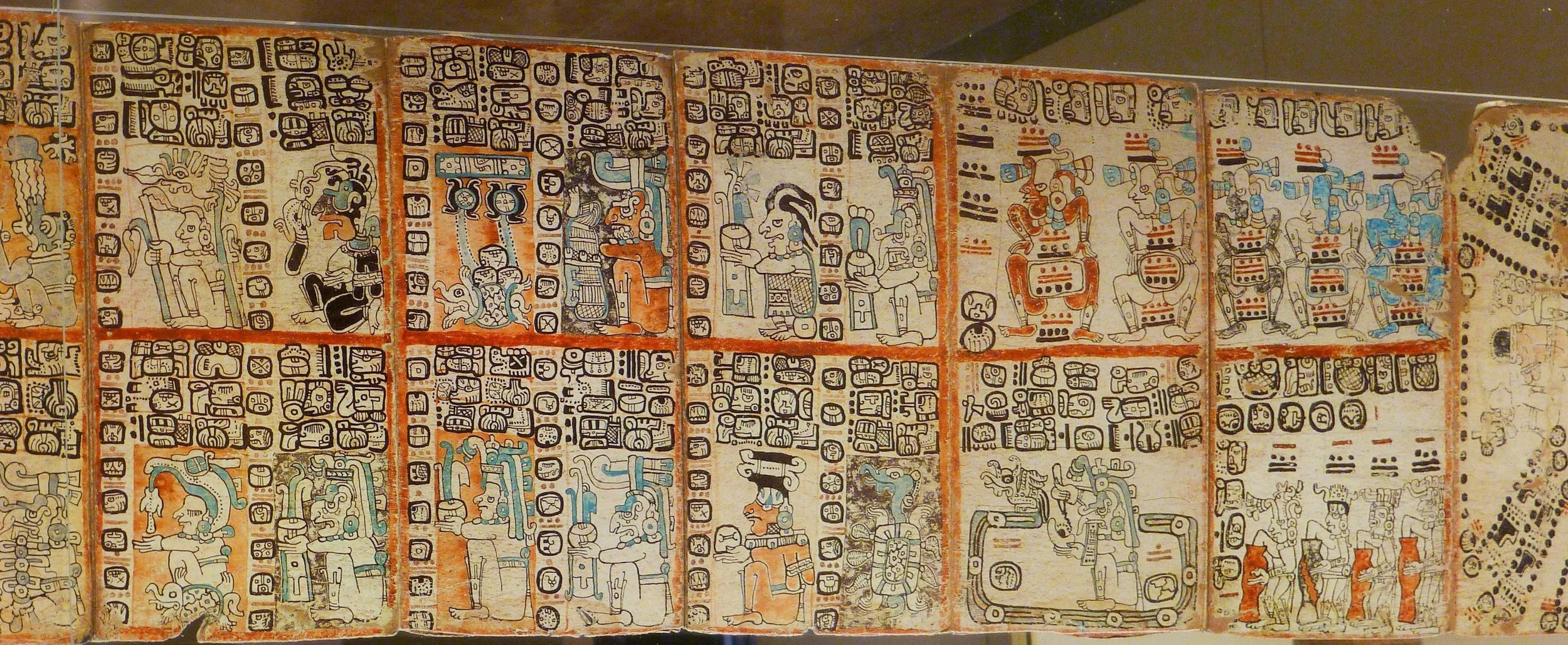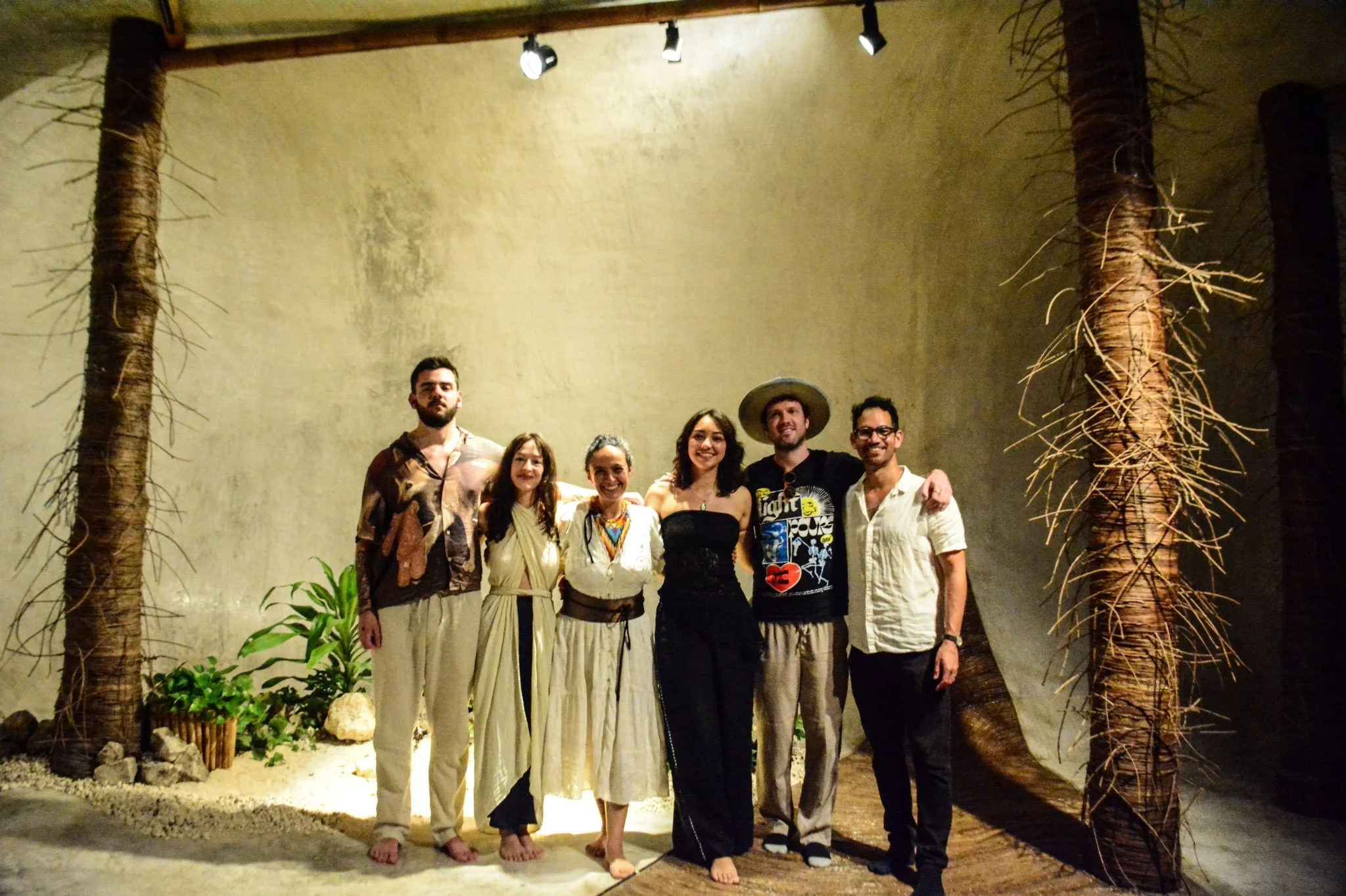NEOCODEX
NEOCODEX is an infinite generative codex that tells the ongoing story of transformation in the Yucatán Peninsula, visualizing evolving tensions between the traditional ways of doing things and the pressures of development and modernization. The compositions, textures, and forms used in the artwork are inspired by Maya codices — the oldest existing paper books from the Americas.
Every minute, NEOCODEX flips to a new, unique page for anyone following along, telling the next part of the story of these ancient Maya lands. NEOCODEX is implemented using code that has been stored entirely on the Ethereum blockchain. While the vast majority of Maya codices have been destroyed, my hope is that NEOCODEX will continue existing and revealing new pages forever.
This work was created as part of a fundraiser to help a community in rural Mexico, organized by Maya Spirits. The work was exhibited by AOTM Gallery.
Timelapse from 1984 - 2022 of Tulum, Quintana Roo. This was an ancient Maya port city in the years 1200 - 1450 AD. Source: Google Earth.
Live Artwork
The live artwork is shown below. I recommend viewing it fullscreen on Chrome using the largest screen you have! The codex flips to a new ‘page’ every minute.
Click to pause/unpause. Press ‘d’ or your spacebar to toggle informational labels about the current view (you might need to click on the art to set the browser focus first). Press 1 - 6 to highlight the different categories of glyph signs.
Maya Codices
The Maya codices are ancient folding books written by the Maya civilization. These manuscripts are some of the most important primary sources for understanding Maya religion, astronomical observations, ritual practices, calendar systems, and prophecies. Nearly all of the codices were burned by the Spanish during their colonization of Maya lands, and only four remain today (three of which are in Europe).
The Madrid Codex, 112 pages in total, 1250–1450 AD
The Maya writing system is logosyllabic: some signs represent concepts while others represent sounds. A group of signs are composed together into a glyph block, which represents a word. The glyph blocks are then organized on a page using grid-like layouts, read in double columns from left to right and top to bottom. For more information, I recommend this website.
source: maya archaeologist
Modern Signs & Glyphs
I created six types of animated signs for this project, all relating to the topic of transformation of Maya lands. These get composed together into glyph blocks, and then organized in grid-like compositions per page of the artwork.
The six signs can be grouped into three pairs of opposing ideologies:
linear vs. cyclical perception of time
development through disruption vs. evolution
individual vs. community oriented thinking
Transformation Pressure
This artwork does not access any outside data, and so is simulating a story governed by my codified rules and randomness. I have modeled a ‘transformation pressure’ that varies from 0% to 100%. The closer the transformation pressure is to 0%, the more the story will focus on indigenous Mesoamerican philosophies: cyclical time, evolution with the land, community-based thinking. And when the transformation is trending towards 100%, the story will focus on modern trends: linear time, disruptive development, individual thinking.
Each minute when a new page is revealed, the current value of the transformation pressure is sampled and used to drive the writing of the page. The pressure percentage also dictates the coloring strategy — the higher the pressure, the more chaotic the flashing of colors.
The artwork includes live charts that show the distribution of the different glyph signs for the current page. You can see these at any time by pressing ‘d’ or the spacebar.
Pages of an Infinite Story
The page you see at any particular moment is the same page anyone else around the world is seeing — we’re all reading from the same synchronized story. I’ve always been excited about the infinite parameter space of generative systems, and love to use time to methodologically explore them. Since the Mayans are famous for having one of the most sophisticated calendar systems, I chose to borrow concepts from their Haab calendar to annotate each unique page as it materializes.
Each page of NEOCODEX exists for exactly 60 seconds before it disappears forever. This page belongs to a chapter in a book in a library. The story started in the years 3114 BC, which is when the Mayans believes the world was first created. Below I’ve described more details about how the library, book, chapter, and page numbers are calculated.
Library #: the number of 365-day years that have passed since August 11, 3114 BCE, the date that Mayans believed the world was created. Technically the Haab calendar system did not track years (they used the Long Count for that), but I include it here for convenience.
Book #: the current month number of the year. There are 18 named months (uinals) of 20 days, followed by a final 5 day period called Wayeb. This 19th month was believed to be a dangerous and unlucky time when the boundary between the natural and supernatural worlds would dissolve. The artwork will take on a special aesthetic whenever viewed during a Wayeb.
Chapter #: the current day number in the month (0-19 for the 18 regular months, and 0-4 for the Wayeb).
Page #: the current minute in the day (this is not part of the Haab calendar).
Interestingly, the Mayans zero-indexed all their dates, which shows their mathematical orientation. I have borrowed this pattern for NEOCODEX.
Inspiration & Maya Spirits
This project was created in collaboration with Maya Spirits as a fundraiser for their mission to protect and help the Maya jungle and community of Calakmul, Mexico. A group of six artists were guided through an incredibly inspiring and adventurous trip across Tulum, Calakmul, and Bacalar in February 2025. Each artist then created a unique work inspired by the trip. The works will be exhibited and sold through AOTM Gallery.
I’ll be adding details and photos from this retreat as they are published!
Artists from the retreat (left to right): Kane Tallowin (defaced), Summer Wagner, Cristina Ochoa, Samantha Cavet, Dave Krugman, Fahad Karim




